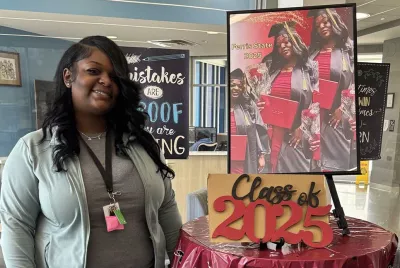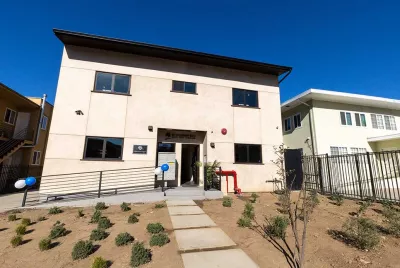Lack of Affordable Housing Leads to Youth Homelessness
Affordable housing is in short supply across the cities and countries where Covenant House serves youth and young families facing homelessness. A low supply of housing pushes more young people to live in unsafe places, couch surf, or rely on those who would take advantage of them in exchange for a place to sleep.

Nearly three-quarters of Americans say that young adults today have a harder time buying a home than their parents’ generation did.
Millions of low-income households spend at least half of their income on housing, putting them at risk of housing instability and homelessness.
There is a shortage of 7.3 million affordable and available rental homes for renters with extremely low incomes in the US.
How We Help Young People Find Housing
Across our federation, Covenant House provides emergency shelter as well as transitional and supportive housing programs to help young people overcome homelessness. Some Covenant House sites have also developed apartment-living programs that provide youth with time-limited rental subsidies to help them transition from our care to their own housing.

Housing Challenges by Region
The challenges young people face when trying to find a place to live vary greatly by region.
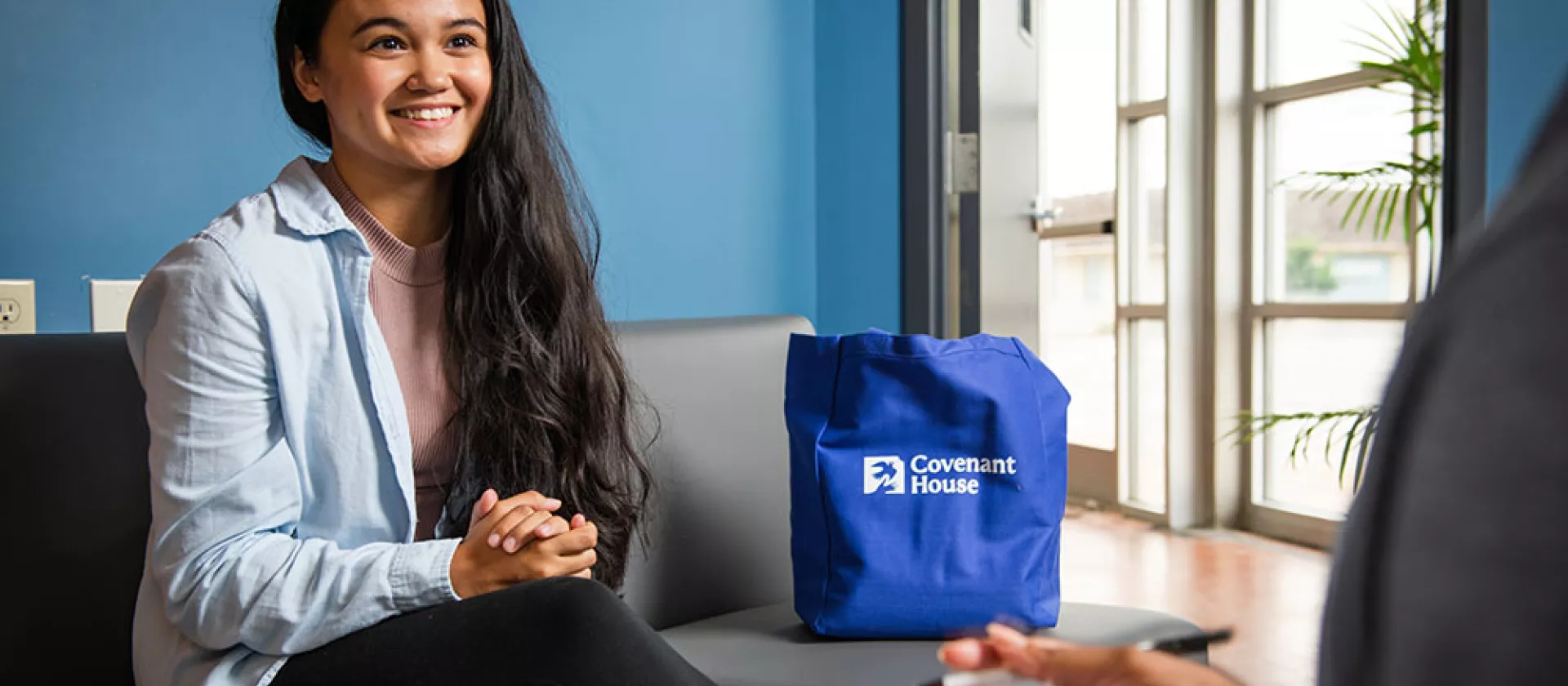
"I had goals when I arrived, but I didn't know how I would achieve them. Suddenly, I had a whole team to support me. They allowed me to reach where I am now, independent."
-Julissa, Alumna, Casa Alianza (Covenant House Mexico)Know the Issues That Drive Youth Homelessness
Young people experiencing homelessness face numerous challenges that hinder their ability to become independent, successful, and fulfilled adults.

Human Trafficking
Traffickers use violence, threats, deception and other manipulative tactics to trap millions of people worldwide. Children and youth experiencing homelessness are a prime target of this criminal industry.
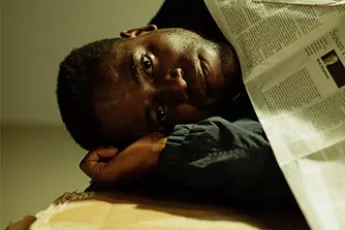
Income Inequality/Poverty
Children raised in poverty face a higher risk of homelessness. Without equitable resources, they can get swept up in a vicious cycle of hardship and significant social disadvantages.
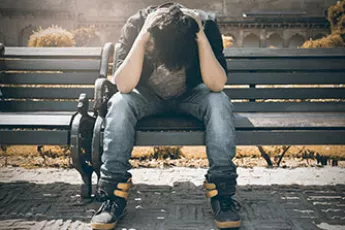
Gaps in Foster Care
When young people age out of foster care and other child welfare services, they become susceptible to homelessness, human trafficking, and other threats to their well-being.
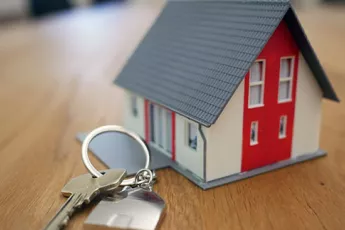
Lack of Affordable Housing
Affordable housing is in short supply across the cities and countries where we serve young people facing homelessness. A low supply of housing pushes more young people to live in unsafe places, couch surf, or rely on those who would take advantage of them in exchange for a place to sleep.

Mental and Emotional Health
Youth experiencing homelessness face mental and emotional health challenges from their time unhoused. Each year, thousands of youth experiencing homelessness die on the streets due to illness, assault, or suicide.
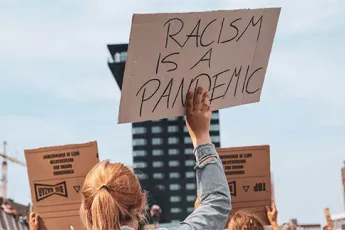
Racial Discrimination
Racial discrimination is a pipeline to youth homelessness. People of color experience homelessness at higher rates, largely due to long-standing structural racism that impacts education, housing, and other inequities.
Help Young People Facing the Housing Shortage
Your support helps us provide transitional and supportive housing programs to help young people overcome homelessness.
